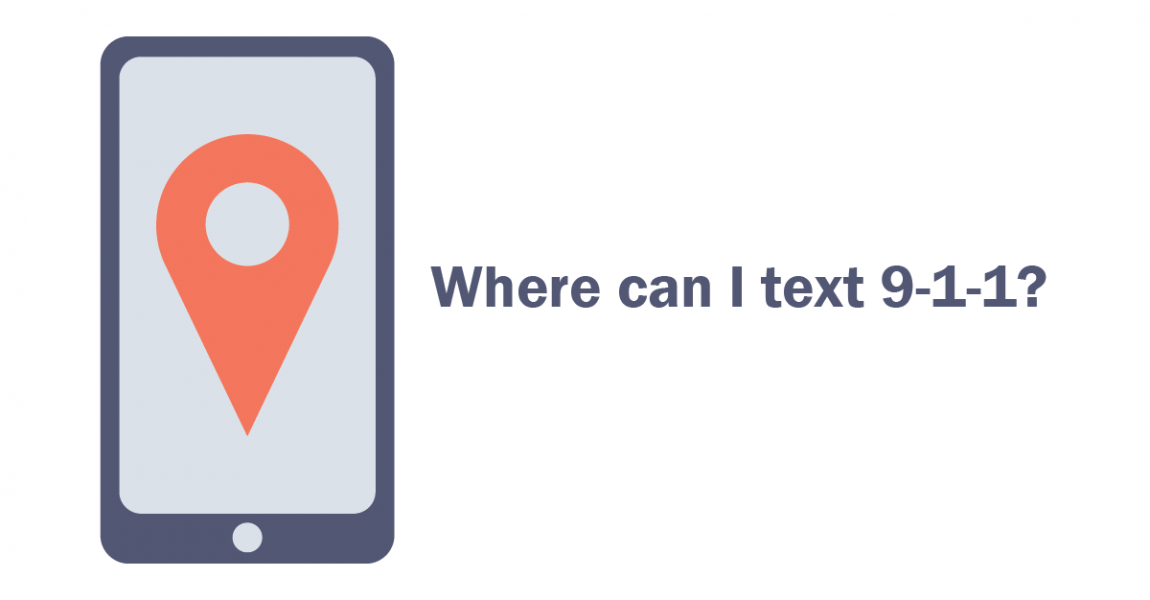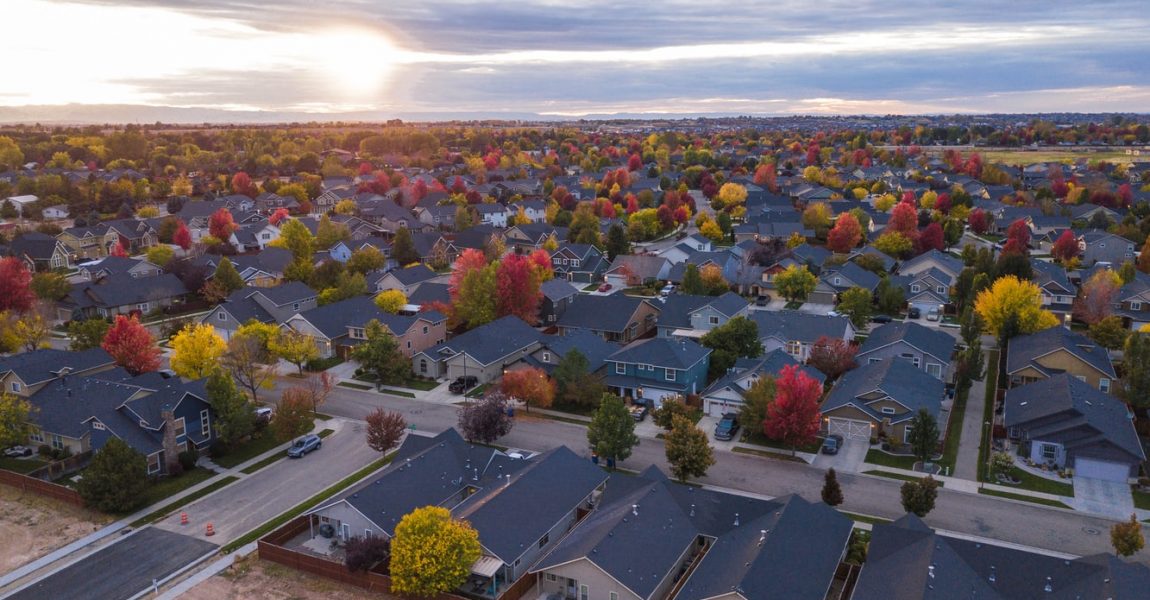In the last legislative session, Governor Abbot passed House Bill 103 which requires the creation of an active shooter alert system. This new law brought attention to the lesser known wireless alerts out there, and we wanted to create a quick, easy-to-use guide for anyone wondering about the different type of alerts out there.
AMBER Alert
The AMBER alert is the one that most commonly comes to mind when discussing wireless alerts. This alert was established in 1996 after the kidnap and murder of Amber Hagerman. The alert is named for her but is also an acronym for America’s Missing: Broadcast Emergency Response.
Criteria for activating an AMBER alert include:
- The child is under 17-years-old.
- The child is in immediate danger.
- Law enforcement has confirmed an abduction and eliminated any alternative explanation for the child’s disappearance.
- There is sufficient information to describe the child, suspect, or vehicle to distribute to the public.
Blue Alert
The National Blue Alert Network maintains blue alerts in 39 states. Blue Alerts allow law enforcement officers to effectively locate suspects who kill or seriously injure local, state, or federal officers.
Criteria for activating a Blue Alert include:
- A law enforcement officer has been killed or seriously injured by a suspect.
- It has been determined that the suspect is a threat to the public and law enforcement.
- There is sufficient information to describe the suspect’s vehicle or license plate tags.
- The investigating law enforcement agency requests the activation of the alert.
Camo Alert
The Camo Alert system was established in Texas in 2019 and is designed to locate a missing current or former member of the United States armed forces. Unlike other alerting systems, a military member must register to be included in the Camo Alert program. This includes providing a letter from a physician confirming that the military member has a verified mental health concern.
Criteria for activating a Camo Alert include:
- The military member is registered for the Camo Alert program and has a verified mental health concern.
- The individual is confirmed to be a current or former member of the United States armed forces, or the National Guard, or a reserve or auxiliary unit of any branch of the armed forces.
- The disappearance is a credible threat to the military member’s health and safety or the health and safety of others.
CLEAR Alert
CLEAR Alerts were established by the Coordinated Law Enforcement Adult Rescue Alert Program by Texas legislation in 2019. It was designed to “close the gap between missing children and senior citizens.”
Criteria for activating a CLEAR Alert include:
- The name CLEAR is an acronym of victims who could have benefitted from its use: Cayley Mandadi; D’Lisa Kelley; Erin Castro; Ashanti Billie and the Rest.
- The missing individual is between 18 to 64 years.
- A preliminary investigation confirms the adult is in imminent danger of bodily injury or death, or the disappearance is involuntary.
- There is enough information to help locate the individual, a suspect, or the vehicle used in the incident.
Endangered Missing Persons Alert
The Endangered Missing Persons Alert was created in March of 2000 after 17-year-old Gabriel Lester went missing and his remains were found four months later.
Criteria for activating an Endangered Missing Persons Alert include:
- The missing person can be of any age but must be diagnosed with an intellectual disability or pervasive developmental disorder such as Autism Spectrum Disorder, Rett’s Disorder, etc.
- Confirmation that an investigation has taken place and that the disappearance poses a credible threat to the missing person.
- A written diagnosis from a physician or licensed psychologist in the state of Texas or the Texas Department of Aging and Disability Services or Texas Department of Health Services is provided to law enforcement.
- The request for an Endangered Missing Persons Alert was made within 72 hours of their disappearance.
- There is enough information to help locate the individual.
Silver Alert
The Silver Alert program was created in 2007 as a response to notify the public of missing older adults with a documented mental condition.
Criteria for activating a Silver Alert include:
- The individual is 65 years or older.
- The senior citizen has a diagnosed impaired mental condition and poses a credible threat to their own health and safety.
- The family or legal guardian of the missing individual must provide documentation of their medical or mental health condition.
- The investigation has confirmed the individual’s disappearance is due to their impaired mental condition.
- The Silver alert was requested within 72 hours of the senior citizen’s disappearance.
- There is enough information to help locate the individual.
Active Shooter Alert System
The Active Shooter Alert System is one of the most recent alerting programs to be introduced in Texas. It was established after the passing of House Bill 103 on September 1, 2021. The law requires the Texas Department of Public Safety to activate an alert system if there is a report of an active shooter within a 50-mile radius. It also requires the Texas Department of Transportation to utilize roadway signs to alert the public of an active shooter near them.
Criteria for activating an Active Shooter Alert include:
- An active shooter is in the requesting agency’s jurisdiction.
- Agreement that an active shooter alert would assist individuals.
- The presence of an active shooter can be verified.
- The active shooter’s location can be verified.



